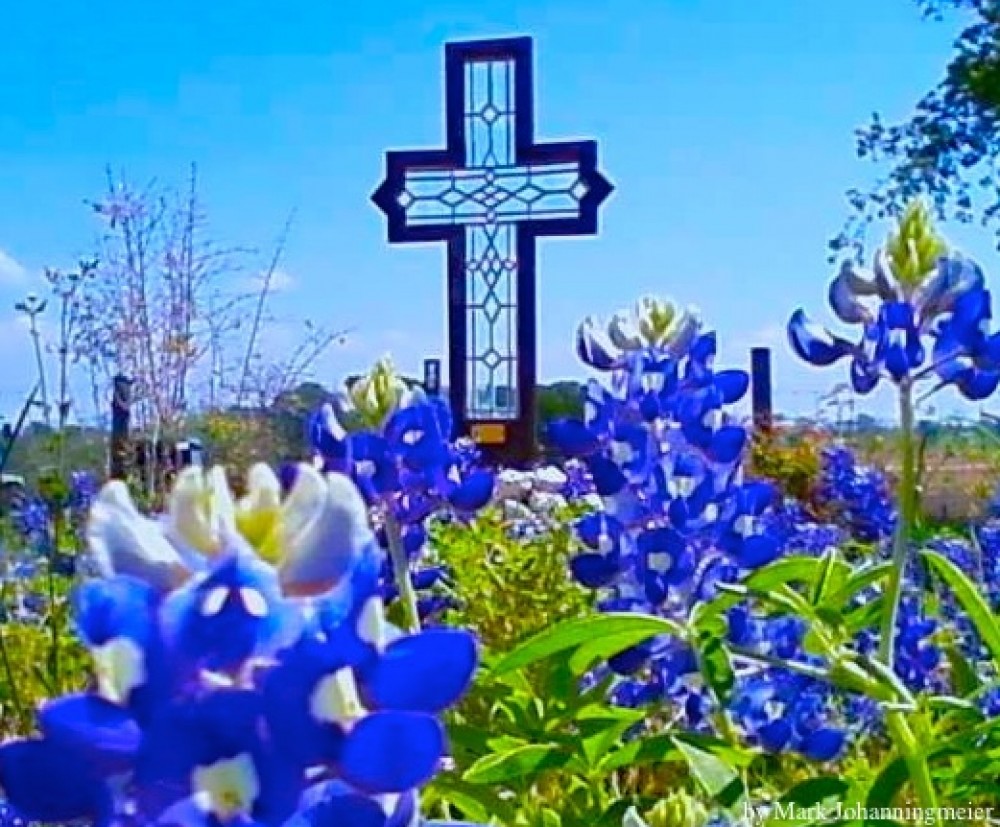This post is about the resurrection of Jesus, it is an extension of Saturday of Holy Week- A Day of Rest and Born Again or Born from Above.
With His earthly life and “forty months” of ministry about to end, can you imagine all of the thoughts that swirled around Him? Jesus’ metamorphoo and the time spent with the Law (Moses) and the Prophets (Elijah) signals His ride into Jerusalem, so He can pay the Bride’s price for His Church. But the time between “Who is it you want?” (John 18:4) and “Woman, why are you crying?” (John 20:15 NIV) changed so much. Types and shadows were about to become bold clear light. The Prophet’s words were being fulfilled and rejoiced over in the Heavenlies. Our redemption from the sin that claimed us was gladly being paid. The Way back to the Father and His Garden was opened, if we choose that path.
Friday, Saturday, and Sunday could be Work, Rest, and Begin a New; okay, that activity could go on for a while:)
Resurrection or rise, arise, risen, and several other ideas are expressed with two Greek root words (for the most part). Anastasis G386 and egeiro G1453 are those root words, yes, they can have prefixes and other tenses.
ἀνάστασις | Free Online Greek Dictionary | billmounce.com
ἐγείρω | Free Online Greek Dictionary | billmounce.com
ἔγερσις | Free Online Greek Dictionary | billmounce.com
G386 – anastasis – Strong’s Greek Lexicon (kjv) (blueletterbible.org)
G1454 – egersis – Strong’s Greek Lexicon (kjv) (blueletterbible.org)
Old Testament
Hosea 6:2 After two days will he revive us: in the third day he will raise us up, and we shall live in his sight. (KJV) In Hebrew, the third day is Tuesday or Yom HaShelishi.
Yom ha-sh’lishi: The THIRD DAY – Hebrew Word Lessons
Examples of being raised from the dead.
- 1 Kings 17:17-24 is where Elijah raised the widow’s son.
- 2 Kings 4:29-37 is the telling of Elisha raising the Shunammite’s son.
- 2 Kings 13:21 Elisha is dead and another dead man is thrown into his grave and touches his bones and was revived and stood up (he was resurrected). This event brings to mind the verse in Jude, where Satan is trying to take Moses’ body. Why did he want it? I am pretty sure it was not for a trophy. We have to know he was up to no good. A popular idea is that Satan wanted to make Israel stumble and sin by going into idol worship over the corpse. HOW ABOUT he took it because he feared it would act like Elisha’s bones and cause people to fear God? HOW ABOUT #2 Satan did not want it to be available for the transfiguration. Moses was there and with a “born from above body”.
- In Hebrews 11:17,19 the faith of Abraham is relived when he sacrificed Issac. He knew God could/would raise him from the dead.
- Martha knew Lazarus would rise in the resurrection on the last day, John 11:24. I do believe this was a Hebrew idea that Matthew writes about.
- In the Sermons on the Two Mounts the Sadducees are baiting Jesus on a woman who had seven husbands. This must a been a point of discussion in their Torah studies. (Matthew 22:28) Jesus instructed them about physical state of being in Heaven.
- John 5:29 may also be an Old idea with an upgrade. Good deeds people have a resurrection of life and bad deeds people have a resurrection of judgement.
New Testament
This is a spot check through the New Testament, there is a lot, but my focus will be Matthew, John, and 1 Corinthians.
Matthew’s contribution starts in Chapter 22 and goes to 27. There is an interesting shift in Matthew’s terms. Before Jesus’ physical resurrection (Chapter 22) he used anastasis G386 in Chapter 27 he used egersis G1454. I wonder if it is an Old-to-New shift in thinking. This is the only time G1454 is used in the Bible. Anastasis is used many more times in the New Testament.
Jesus knew what was to happen to Him in that Passover, He would be sacrificed like the lamb in Exodus. The thing that caught my attention for this post was His physical body. He had also been teaching about that as we will see in John. First, we should take a look at the revelation that Paul received on the topic.
1 Corinthians 15 is Paul’s class on the resurrection to the Church. Verse 35 starts his discussion on the body. Verses 42 to 46 describe what happened to Jesus, His natural body was put into the earth but a spiritual body came out (44). I termed this His born from above or born-again example. Yes, at the last trumpet, we who are living will get this new body and it will be quick (52).
John’s purpose in writing his Gospel was to show Jesus as the Son of God. He highlighted the miracles Jesus did, for some reason only seven have got a lot of press. He did more in John’s Gospel and taught about some miraculous things that would occur. Here are some about His resurrection.
- John 3:6 The Spirit gives birth to spirit.
- 11:25 He tells Martha He is the resurrection and the life.
- 12:24 Jesus gives a multi-level explanation of a seed producing a harvest. Unless He died, His harvest would not have happened.
- 16:16 He tells the Disciples that He will die but that they would see Him again (palin, G3825).
These are posts I have done on the work of Jesus and His resurrection.
- Easter 2020 and the seven exchanges
- Metamorphoo and Mark 911 focus on the transfiguration
- Jesus’ New Start
- Easter 2015 – Reflections – IT
- Hebrews 911
- Light and Dark – Jesus on the Cross
